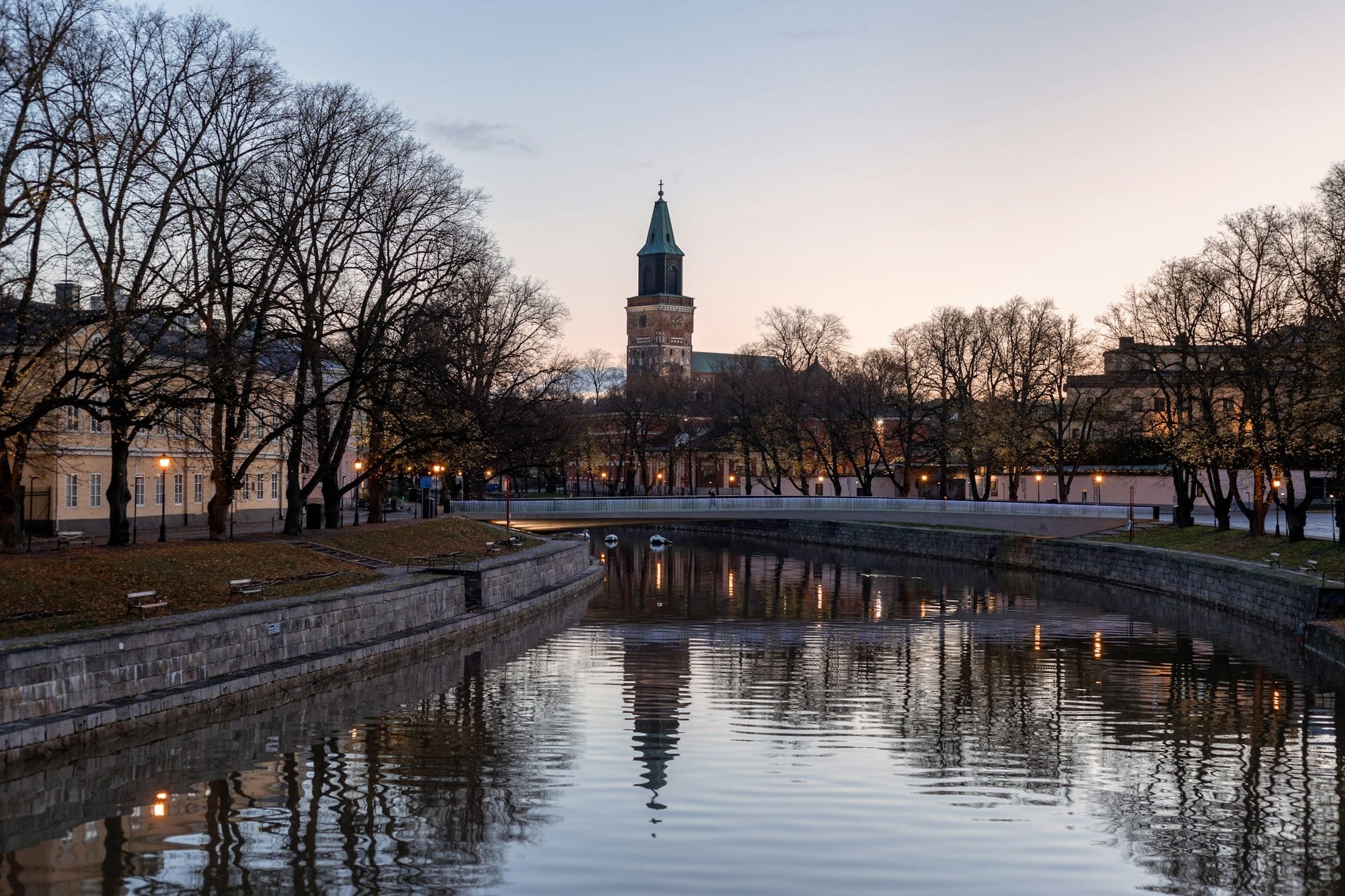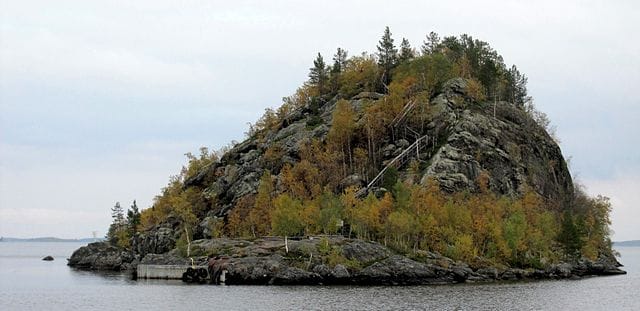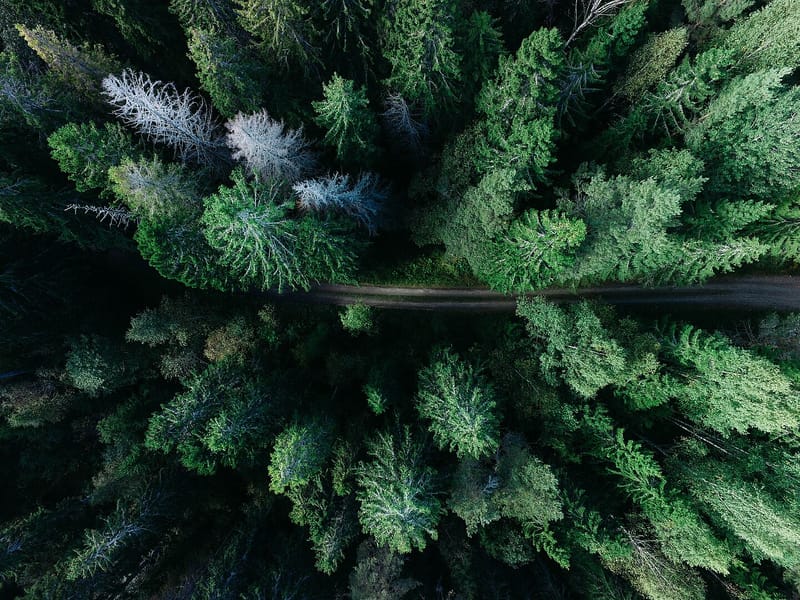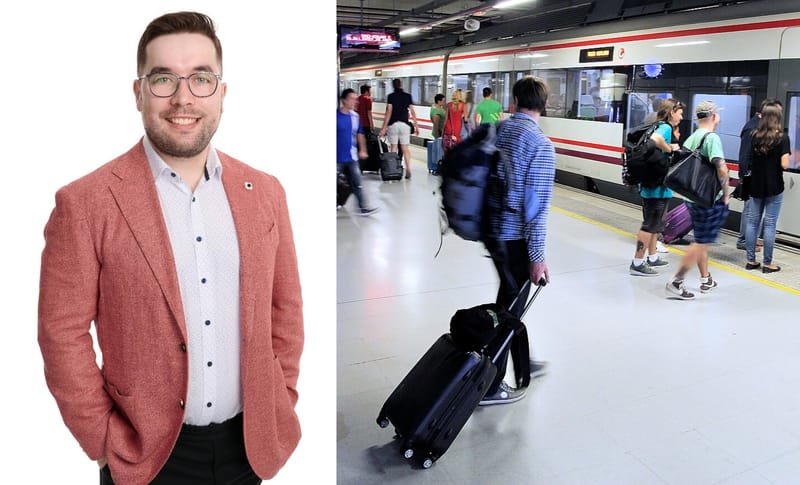Finland Cultural Guide – Part III: Turku and Varsinais-Suomi
Verde Voices’ series on Finland continues. This time we visit the country’s first city, the 800-years-old Turku, and its surroundings.

Perttu Rytsölä
From Helsinki to Southwest Finland
Crossing the provincial border on the road from Helsinki, the first stop in Southwest Finland is Salo. The city rose to fame during Nokia’s golden years.
For a time, its factory sent millions of mobile phones around the world. For many people, that sturdy yet user-friendly “brick” from Nokia was their very first phone.
When production eventually faded, Salo went through one of the toughest structural shifts in Finnish history. Today, the old factory halls host a new generation of tech start-ups.
Despite its industrial past, Salo’s center still feels like a rural parish. It is compact and pleasant for strolling along the Uskelanjoki River, and the Veturitalli Art Museum adds a lively cultural note.
About 35 kilometers southwest lies Mathildedal, once an ironworks village, now a charming travel destination. Unlike the typical Finnish summer cottage tradition –where every cabin stands alone on its private lakeshore – here the cottages are close together, almost like in a suburb, with shared access to the waterfront. For such a small place, “Matilda” offers plenty: a village restaurant, museums, galleries, and artisan shops in restored brick and wooden buildings. Nearby you’ll find Teijo National Park and even a small ski resort.
Turku – Finland’s first city
Soon enough you arrive in Turku, Finland’s oldest city and former capital. Its best-loved scene is the Aura River, with people lingering on its banks and riverboats doubling as cafés. Towering over the river are the medieval Turku Cathedral, Turku Castle, and the sailing ship Suomen Joutsen.
Turku’s architecture is patchwork. A devastating fire in the 19th century wiped out the medieval town, and postwar demolition – infamous enough to be dubbed the “Turku Disease” – replaced much of the old city with modern blocks. Still, history runs deep here.
Founded in the 1200s, Turku thrived as a Hanseatic city, tied into a Baltic trade network stretching from London to Novgorod. Turku Castle, Finland’s most important historic building, has been reshaped countless times over the centuries. Today, its thick stone walls and dramatic stories captivate visitors, especially the power struggle between King Erik XIV of Sweden and his brother, Duke John.
John set up court in Turku, ruling Finland almost like an independent kingdom. Eventually, the paranoid King Erik arrested him in the castle. Years later, John led a rebellion from Turku that toppled his brother. Having traveled widely, he turned Turku Castle into a Renaissance court, filled with European influences. The era culminated in John’s wedding in Turku Cathedral to the Polish-born princess Catherine Jagiellon. Although the couple later lived in Stockholm, their time in Turku left a lasting mark on the city and Finnish culture.
Today, Turku remains a city where history literally lies beneath your feet: any major construction project begins with archaeological surveys. The planned tramline alone would keep hundreds of archaeologists busy.
Turku was home to Finland’s first university in 1640 (later moved to Helsinki), and after independence, a new one was founded here in 1920. It’s a stronghold of medicine, law, and the arts. The Turku Art School, founded nearly 200 years ago, was Finland’s first. The city has produced famous visual artists like Kaj Stenvall and Elina Brotherus, electronic music icons such as Darude, and pop favorites Matti and Teppo.
From newspapers to industry
Turku also gave Finland its first newspaper, Åbo Underrättelser, in 1820. By the late 19th century, as political parties emerged, the press exploded – each party with its own paper, much like today’s fragmented social media. Their heated rhetoric played a role in the outbreak and aftermath of the Civil War in 1918, when fighting also reached Turku.
For centuries, Turku was Finland’s gateway to the world. Even the word “turku” means “market.” During industrialization, it became known for confectionery and tobacco. Today, its strengths lie in pharmaceuticals (Bayer, Faron, Biotie), tech (Unikie, Vaadin, Cadmatic, Teleste), and well-known Finnish companies like Hesburger, Motonet, and HKFoods. Shipbuilding remains vital: Meyer’s shipyard builds massive cruise ships for the Caribbean, while Turku’s harbor links passengers and freight to Stockholm and Åland.
The city’s cultural life is rich: Luostarinmäki, a wooden quarter that survived the fire, and WAM, a modern sculpture museum, are highlights. Sports fans follow TPS in hockey and Inter Turku in football. And few Finns are prouder than Turku locals of Paavo Nurmi, the “Flying Finn” who won eight Olympic golds in the 1920s and introduced professional training to athletics. His legacy lives on in the Paavo Nurmi Games, Finland’s top track event.
Turku also has its quirks. Its dialect and tight-knit social circles are famous across Finland, often the butt of jokes. Yet sitting in a riverside café, the city feels distinctly European in atmosphere. Locals swear Turku is one of Finland’s best places to live: services of a big city, short distances, lower housing costs than Helsinki, and direct access to the magical Turku Archipelago.
Ruissalo and beyond
The island of Ruissalo hosts Ruisrock, one of the world’s oldest rock festivals. International megastars are rare in Finland, but Ruisrock makes up for it with charm and setting: few festival grounds rival Ruissalo’s sweeping oak forests. Already in Swedish times, the island was a recreation area. Its giant glacial boulder, Kukkarokivi, was a pagan sacrificial site in the Iron Age and inspired local legends.
Farming and food
Southwest Finland’s fertile soil has supported farming since the Iron Age. Once iron tools became common, farming turned into the dominant livelihood, and grain even became a form of currency. Wealthy farms emerged, especially in the west, while eastern and northern Finland remained dominated by smaller family holdings.
Modern Raisio is still a food-industry hub, with its namesake company producing plant-based products. The town also has machine shops, logistics businesses, and nearby, the Kurjenrahka National Park. Toward the sea lies Naantali, famous for its old town, the presidential summer residence, and Moominworld. It also has a busy port and a daily ferry to Sweden.
Christianity arrives
South of Turku, in Kaarina, archaeologists found Finland’s oldest church site at Ristinmäki, dating to the 1100s. The remains of a small wooden church and cemetery were uncovered after the place name – “Cross Hill” – piqued interest. Further south, the ruins of Kuusisto Bishop’s Castle mark what was once the religious and political heart of Finland before the Reformation.
Today, Kaarina is a lively cultural town with industries ranging from machine shops to cruise-ship cabins built by Piikkiö Works. Across the archipelago, Parainen is home to stone companies Paroc and Finnrock, while Kimitoön hosts both stoneworks and fish processor Salmonfarm. "The Archipelago Trail" ferry route is popular with drivers and cyclists, and summer tourism brings visitors to hotels, cottages, and restaurants throughout the islands.
The world’s most beautiful archipelago
The Turku Archipelago is a natural wonder, with tens of thousands of islands –more than anywhere else on earth. The lush inner archipelago contrasts with the stark outer edge.
There are deserted islets, private summer colonies, and villages buzzing with life. Highlights include Nauvo, the former asylum island Seili, the fishing community of Aspö, the tourism hub Korppoo, the ex-military island Örö, and the rugged outer island of Utö.
In Lieto, you’ll find Finland’s largest ancient hillfort, Vanhalinna, and the starting point of the country’s first road – the Häme Ox Road – dating back to the 800s. It once linked Lieto to Hämeenlinna. Today, the route winds quietly through small villages. Had the tsar not moved Finland’s capital to Helsinki, a railway might have been built here, and these rural villages might now be bustling commuter towns.
EDIT (3.10.2025): Removed the part stating that Catherine Jagiellon was buried in Turku Cathedral – she wasn't. Instead, the cathedral became the final resting place of King Erik’s wife, Karin Månsdotter.






